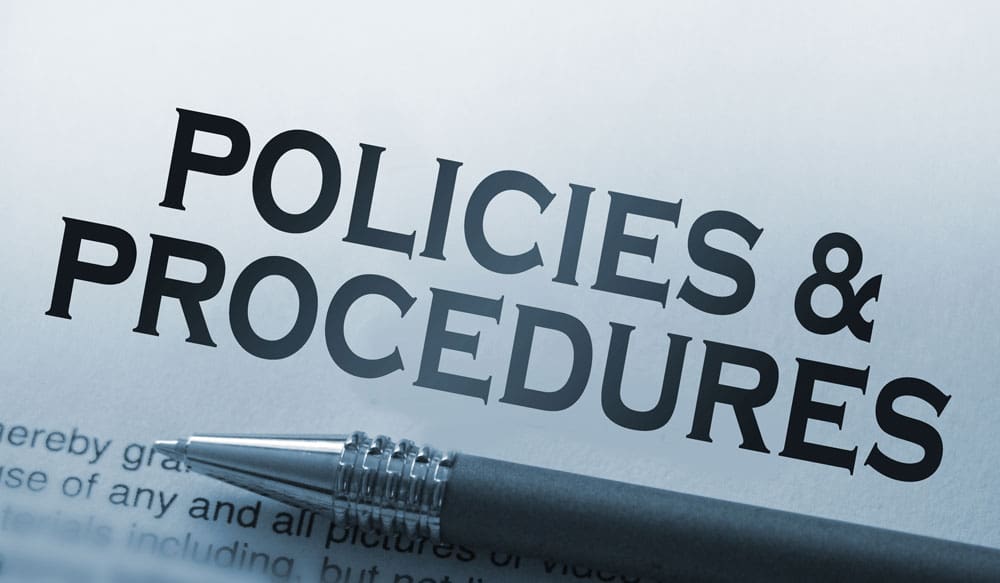Proverbs 22:3
“A prudent person foresees danger and takes precautions. The simpleton goes blindly on and suffers the consequences.”
In recent years, the significance of church safety and security has grown, as congregations strive to safeguard their members and assets from potential dangers. Establishing and upholding comprehensive safety and security policies and procedures is important for creating a secure environment and ensuring the well-being of everyone attending services and events.

Implementing safety and security procedures for volunteers is generally considered best practice, despite concerns about establishing a standard of care. Below are some key points to consider:
Best Practices for Implementing Safety and Security Procedures
- Legal and Ethical Responsibility:
- Duty of Care: Organizations have a legal and ethical duty to protect their volunteers from foreseeable harm. Implementing safety procedures demonstrates a commitment to this duty.
- Risk Management: Proper procedures help identify and mitigate risks, reducing the likelihood of accidents and legal liabilities.
- Volunteer Well-being:
- Training and Preparedness: Providing training on safety protocols ensures that volunteers are prepared to handle emergencies, which can enhance their confidence and effectiveness.
- Support and Resources: Clear procedures offer volunteers the support and resources they need to perform their roles safely.1
- Organizational Reputation:
- Trust and Credibility: Organizations that prioritize volunteer safety are more likely to attract and retain volunteers, as well as maintain a positive reputation in the community.
- Compliance with Standards: Adhering to established safety standards can protect the organization from legal repercussions and enhance its credibility.
Considerations Against Establishing Procedures
- Legal Liability Concerns:
- Standard of Care: Establishing formal procedures can set a standard of care, which might increase the organization’s liability if those standards are not met.
- Litigation Risks: In the absence of procedures, it might be argued that the organization cannot be held to a specific standard, potentially reducing litigation risks. However, the absence of policies and procedures invites the risk of being sued for Deliberate Indifference, another key element for Negligence.
- Resource Constraints:
- Cost and Time: Developing and maintaining comprehensive safety procedures can be resource-intensive, requiring significant time and financial investment.
- Administrative Burden: Smaller organizations might struggle with the administrative burden of implementing and enforcing these procedures.
Good Faith and Due Diligence
Pros:
- Flexibility: Good faith and due diligence allow for a more flexible approach, considering the specific circumstances and intentions behind actions. This can be particularly beneficial in complex business decisions where rigid standards may not apply.
- Protection for Honest Mistakes: The business judgment rule, which incorporates good faith and due diligence, protects directors and officers from liability for honest mistakes, encouraging them to make bold decisions without fear of litigation.
Cons:
- Subjectivity: The concepts of good faith and due diligence can be subjective, leading to inconsistent application and potential legal uncertainty.
- Potential for Abuse: There is a risk that individuals might claim they acted in good faith to avoid liability, even when their actions were negligent or self-serving.
- Complexity in Litigation: Proving good faith and due diligence can be complex and may require extensive evidence and expert testimony, increasing the cost and duration of litigation.
Standard of Care
Pros:
- Clear Guidelines: The standard of care provides clear guidelines and expectations for behavior, which can help prevent negligence and ensure consistent quality of service.
- Easier to Prove: In litigation, it is often easier to prove a breach of the standard of care than to demonstrate a lack of good faith or due diligence.
- Protects Public Interest: By holding individuals and organizations to a defined standard, the standard of care helps protect the public from harm and ensures accountability.
Legal Recommendations
- Balance and Documentation:
- Tailored Procedures: Develop safety procedures that are tailored to the specific risks and needs of your organization and volunteers.
- Documentation: Keep thorough records of all safety training, incidents, and measures taken to mitigate risks. This documentation can be essential in defending against liability claims.
- Regular Review and Training:
- Continuous Improvement: Regularly review and update safety procedures to ensure they remain effective and relevant.
- Ongoing Training: Provide continuous training and refreshers for volunteers to keep them informed about the latest safety practices.
- Legal Consultation:
- Seek Legal Advice: Consult with legal professionals to ensure that your safety procedures comply with relevant laws and regulations and to understand the potential legal implications.
Case Citations in Negligence Claims
- Smith v. Integrity Church: Sarah Smith sued Integrity Church after slipping on a wet floor near the entrance. The court found the church negligent for not placing warning signs or addressing the hazard promptly.
- First Baptist Church of Sutherland Springs: Following the tragic mass shooting in 2017, victims’ families sued the church, alleging inadequate security measures to protect its congregation1.
- West Freeway Church of Christ: In 2019, a shooting during a service led to lawsuits against the church for insufficient security protocols.
- Charleston Church Shooting: Families of the victims of the 2015 shooting at Emanuel African Methodist Episcopal Church sued the church, claiming it failed to take necessary steps to protect its members despite previous threats.
- St. Alphonsus Catholic Church: In 2018, a parishioner attacked in the parking lot sued the church, arguing it failed to provide adequate security measures despite previous incidents in the area.
“Better to have, and not need, than to need, and not have.” – Franz Kafka
By implementing well-thought-out safety and security procedures, organizations can protect their volunteers, fulfill their legal and ethical responsibilities, and enhance their overall effectiveness and reputation. Not to worry, Kearnan Consulting Group, LLC has already completed the plans to national best standards. For more information, go to Shop – Kearnan Consulting Group, LLC
Source
1 Church Safety and Security: Guide to Policies, Procedures, and Team Training – RISK STRATEGY GROUP

